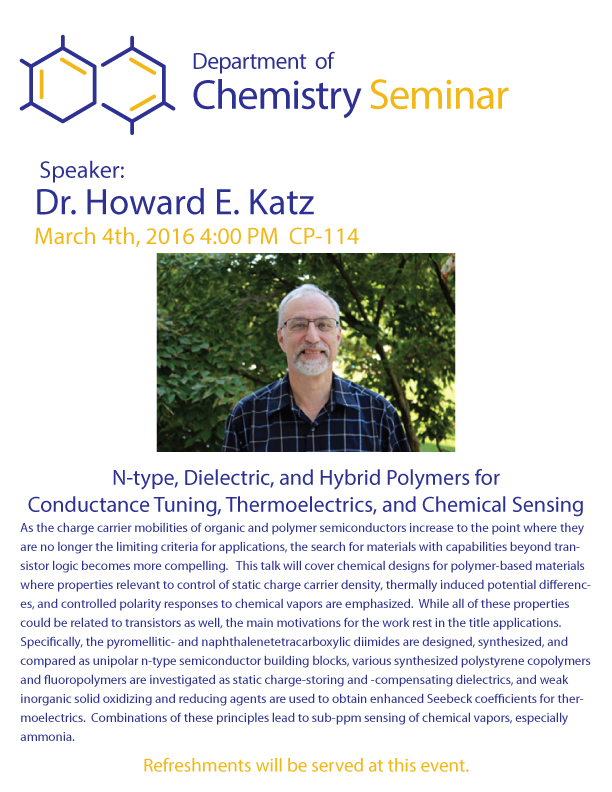Physics Colloquium: Mapping the Chemistry of the Galaxy with SDSS/APOGEE
Details of the chemical composition of stars provide information about the formation and evolution of the galaxies in which they form. I will outline some of the connections and provide some results for our Milky Way Galaxy from the Sloan Digital Sky Survey (SDSS) Apache Point Observatory Galactic Evolution Experiment (APOGEE). APOGEE is providing maps of the abundances of stars across the Milky Way. These suggest different timescales for star formation in different locations, both radially and vertically within the disk of the Galaxy, and also suggest that movement of stars within the Galaxy, through a process knows as radial migration, is important.
Refreshments will be served in CP 179 at 3:15 PM


